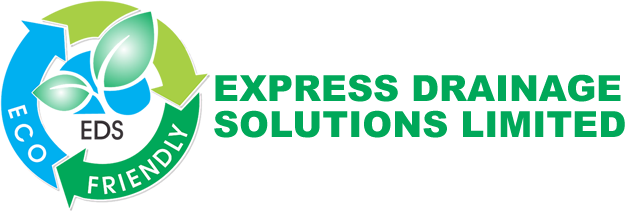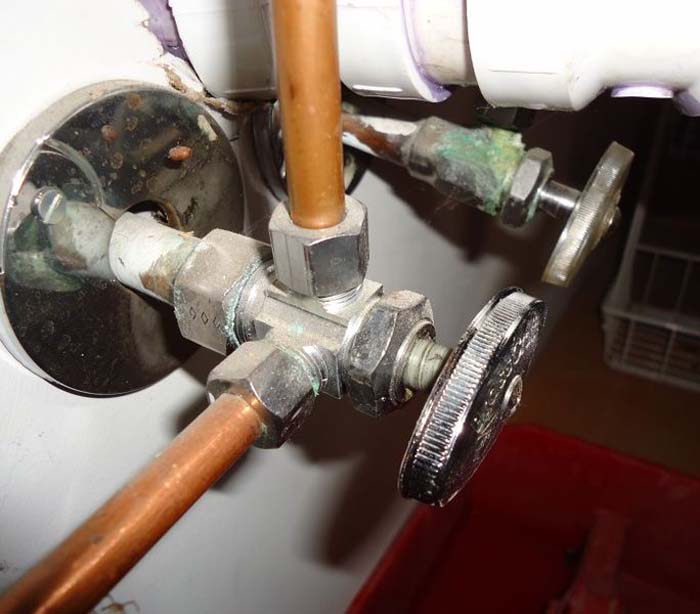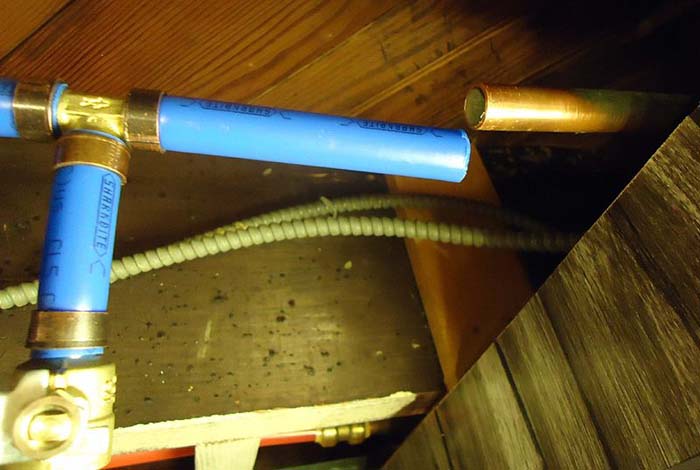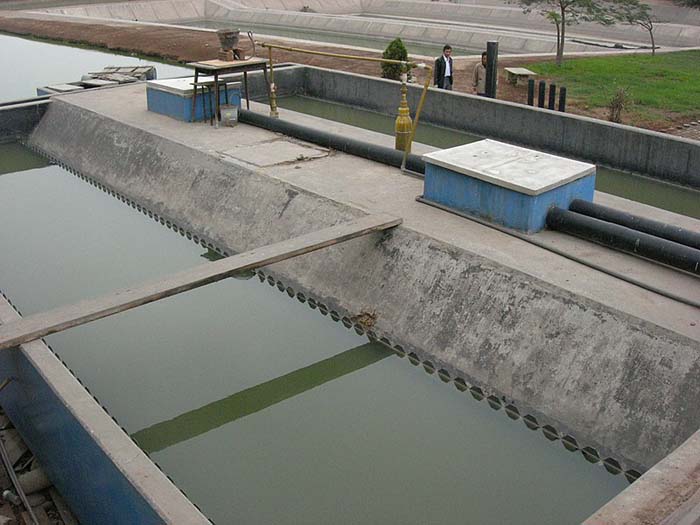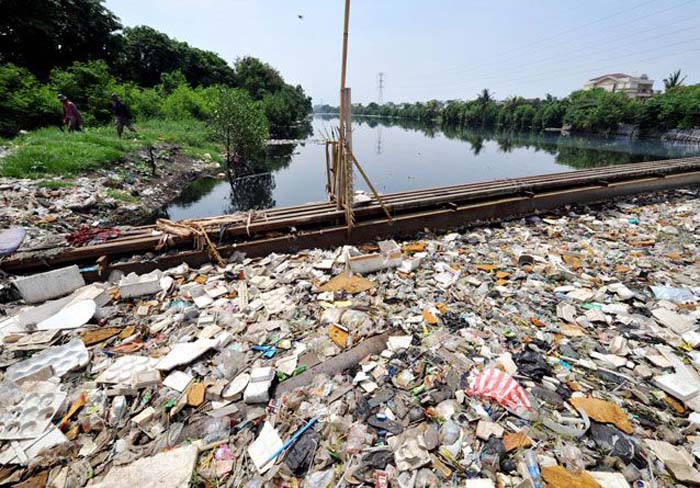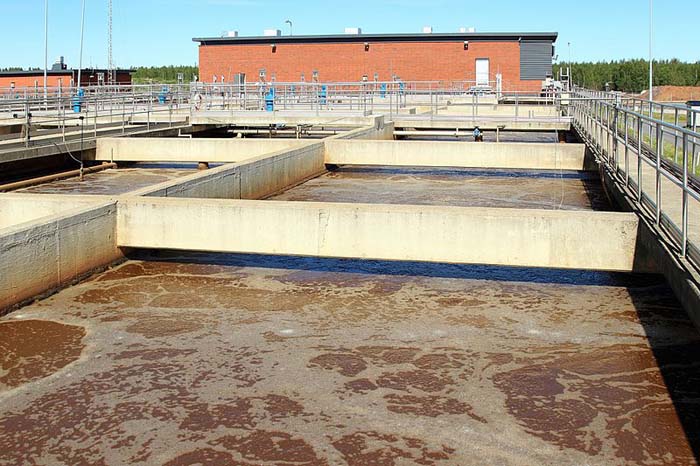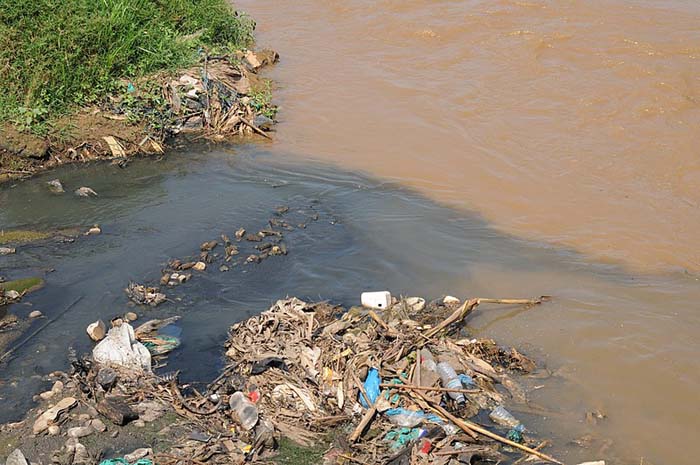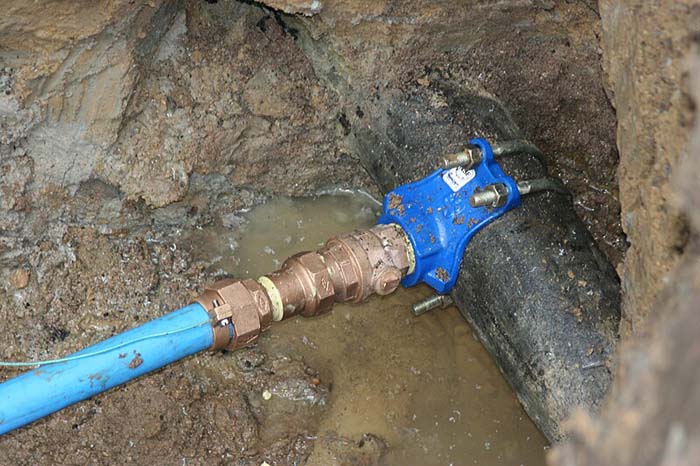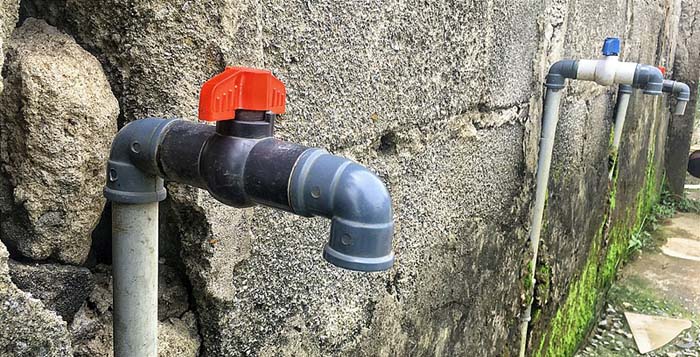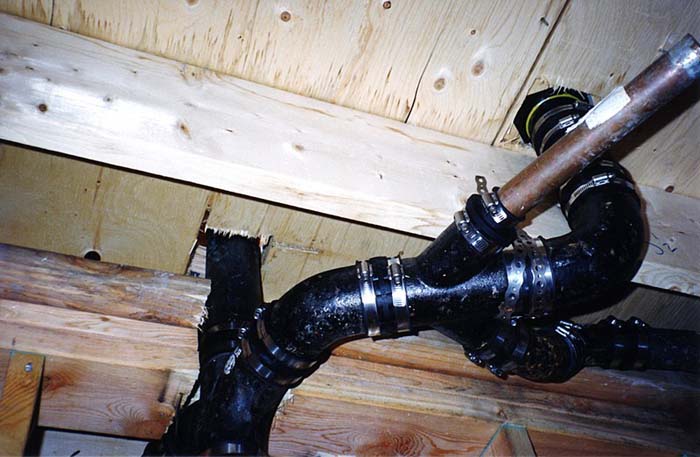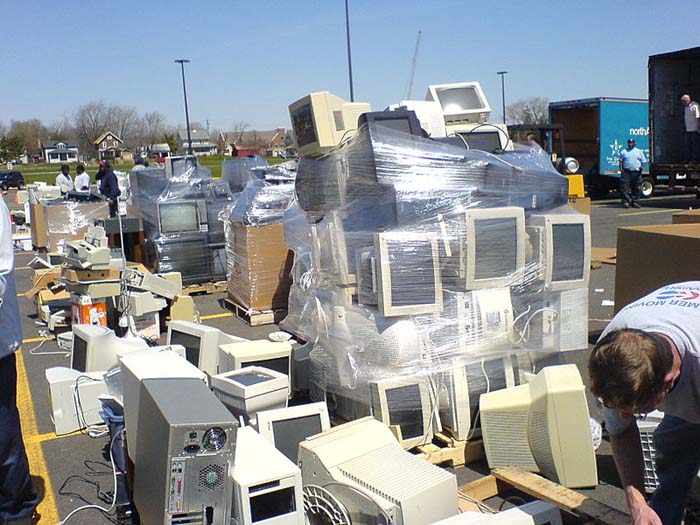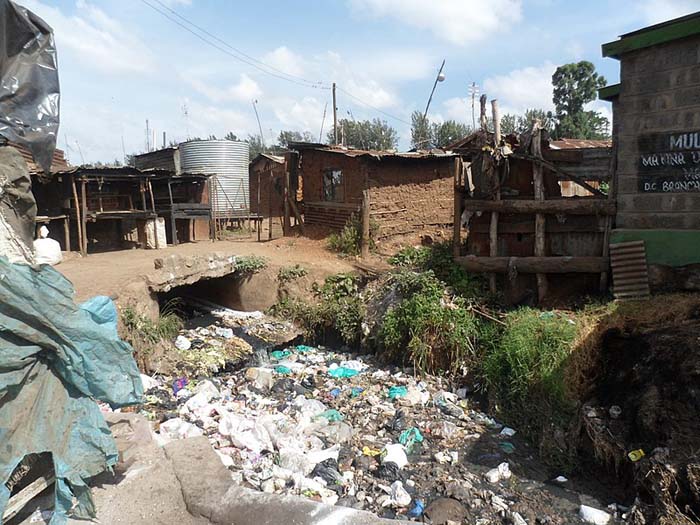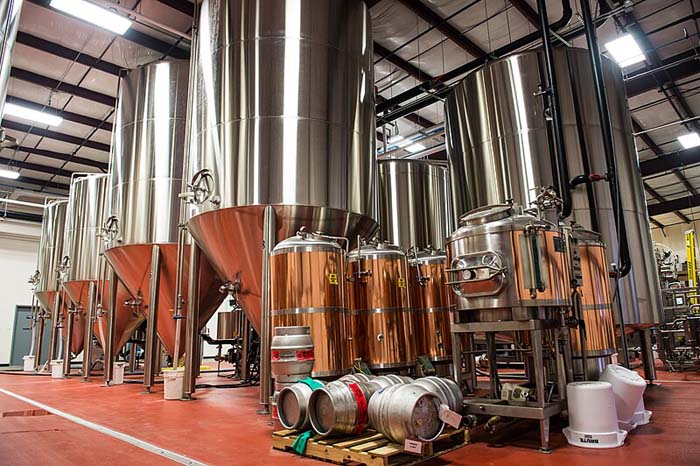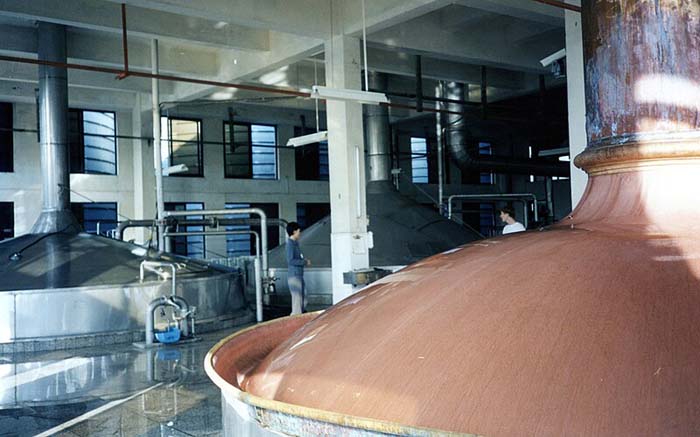
Microbial enzymes are essential for improving the efficiency of wastewater treatment. This is a vital step for public safety and environmental health. Microbes, including algae, fungi, and bacteria, create enzymes that act as biological catalysts. Enzymes play an essential role in both conventional and cutting-edge wastewater treatment systems. They help in the breakdown of organic contaminants and other impurities.
Microbial enzymes in wastewater treatment are a fast-developing area of study that improves contaminant breakdown by utilizing enzymes’ catalytic capabilities. Wastewater management can benefit from this method’s efficiency and longevity, especially in the municipal and industrial sectors.
Importance of Microbial Enzymes in Wastewater Treatment
Wastewater treatment relies heavily on microbial enzymes. These greatly enhance the effectiveness of contaminant removal. Microbes like algae, fungi, and bacteria produce enzymes that speed up biochemical reactions in wastewater. These are essential for decomposing complex organic compounds. There are several important reasons why they are used in wastewater treatment:
- An Environmentally Friendly Alternative
The use of enzymes is an environmentally preferable and long-term solution to the wastewater treatment problem. Reducing wastewater treatment’s negative impact on the environment aligns with green chemistry and environmental stewardship concepts.
- Efficiency and Specificity
Because they are extremely selective, enzymes catalyze certain reactions in wastewater without influencing other components. Because of its precision, the treatment process is efficient and produces a few undesirable byproducts. The breakdown process can be optimized using enzymes like amylases, lipases, and proteases. These target certain kinds of organic matter.
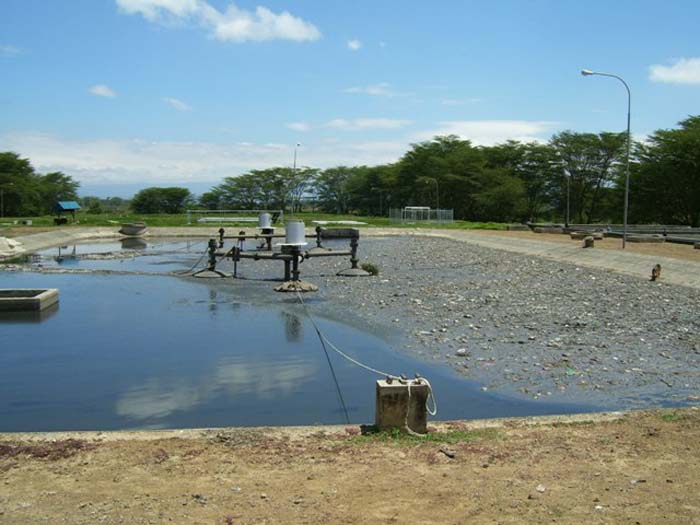
- Enhanced Treatment Outcomes
Enzymes contribute to the sludge’s stability and volume reduction, which are critical issues in wastewater management. Because of their ability to promote the breakdown of organic matter, enzymes contribute to the production of sludge that is both less stable and more stable. This makes it easier to handle and dispose of.
- The Need for Chemical Treatments is Reduced.
Chemical treatments can harm humans and the environment; however, microbial enzymes can reduce this need. Chemical treatments necessitate a substantial amount of energy. They also frequently lead to secondary contaminants being produced. Green wastewater management practices are supported by enzymatic treatment, which is more sustainable and eco-friendly.
- Adaptability and Versatility
Because of their adaptability, microbial enzymes can help treat a wide range of wastewater contaminants. This includes those from homes, agriculture, and industries. Because of this flexibility, wastewater treatment systems can be fine-tuned to provide more efficient results.
- Support for Biological Treatment Processes
Microbes’ enzymes boost microbial communities’ effectiveness in biofilters, bioreactors, and activated sludge systems. Enzymes enhance microorganisms’ metabolic activity and treatment effectiveness. They simplify complicated organic molecules into substrates that microbes can use.
- Improved Organic Contaminant Degradation
Enzymes produced by microbes speed up the breakdown of organic contaminants into their component parts. This method is essential in order to lower wastewater’s chemical oxygen demand and biological oxygen demand—indicators of the water’s level of contamination. Cleaner effluent that satisfies environmental discharge regulations is achieved with the help of enzymes by efficiently breaking down substances, including carbohydrates, oils, fats, and proteins.
- Cost-Effectiveness
The use of microbial enzymes in wastewater treatment plants can reduce operational costs. Enzymes improve the breakdown of organic matter, resulting in lower chemical and energy consumption. This, in turn, decreases the need for costly mechanical treatments. Enzymes can also make current treatment procedures more efficient. This could mean less infrastructure expansion is needed.
Types of Microbial Enzymes
- Lyases:
These enzymes are essential in the treatment of certain organic contaminants. This is because they break chemical bonds in ways other than oxidation and hydrolysis.
- Oxidoreductases
Lignin and synthetic dyes are stubborn and complicated organic compounds that can be broken down by enzymes such as peroxidases and laccases, which speed up oxidation-reduction reactions.
- Hydrolases
Enzymes such as amylases, lipases, and proteases hydrolyze carbohydrates, fats, and proteins. The first steps in treating wastewater are crucial for decomposing large organic molecules into smaller, more manageable pieces.
Applications of Microbial Enzymes in Wastewater Treatment
Because of their remarkable capacity to accelerate the breakdown of diverse contaminants, microbial enzymes have emerged as crucial resources for wastewater treatment. Here are a few essential applications of microbial enzymes:
- Improving Biodegradation Processes
Wastewater treatment plants can increase efficiency by using enzymes to speed up the biodegradation processes.
- Enhanced Biogas Generation
Anaerobic digestion can be improved with enzymatic waste pretreatment, increasing biogas generation.
- Enhanced Sludge Reduction
The volume of sludge decreases as cellular components are broken down by enzymatic hydrolysis.
- Application in Constructed Wetlands
An all-natural method of treating wastewater, constructed wetlands rely heavily on microbial enzymes. Water quality is improved by the breakdown of contaminants and organic matter by enzymes produced by plant roots and the bacteria that inhabit them.
- Removal of Toxic Compounds
Enzymes like peroxides and oxidases can break down toxic substances, including dyes, phenols, chlorinated chemicals, and colors. When these enzymes oxidize the contaminants, their toxicity is reduced, and they are easier to extract from the water supply.
- Bioaugmentation
Bioaugmentation can improve wastewater treatment systems to break down certain contaminants. This process entails introducing specific microbial strains with specific enzymatic activity. This focused method improves the treatment’s overall effectiveness of the treatment is improved by this focused method.
- Bioremediation of Heavy Metals
Heavy metals can be transformed into less harmful forms by specific microbial enzymes. For example:
- Metallothioneins
Bind heavy metals to reduce their availability and toxicity.
- Phytochelatin Synthase
It binds heavy metals to create complexes, aiding in their detoxification.
- Degradation of Emerging Pollutants
Emerging pollutants, including personal care products and pharmaceuticals, resist current treatment procedures. To break them down, scientists are investigating the possibility of using microbial enzymes.
- Peroxidases and laccases
Pharmaceuticals and substances that alter the endocrine system are among the many micropollutants that these enzymes can oxidize.
- Hydrogen Sulfide Reduction
It is the sulfur-oxidizing enzymes and other microbial desulfurization enzymes that help get rid of the harmful and toxic hydrogen sulfide from the wastewater.
- Organic Contaminant Degradation
Microbial enzymes are excellent at breaking down the following complex organic contaminants:
- Proteins
Amino acids are produced when proteases break down proteins.
- Lipids
Fatty acids and glycerol are the byproducts of hydrolysis catalyzed by lipases.
- Carbohydrates
Starches and cellulose are hydrolyzed into simpler sugars by amylases and cellulases.
- Nutrient Removal
Nutrients like nitrogen and phosphorus can be more easily extracted from wastewater with the help of microbial enzymes.
- Phosphatases
Enzymes like these break down organic molecules into their component phosphate ions, which can then be removed.
- Denitrification and Nitrification
Nitrate reductase and ammonia monooxygenase are two enzymes that work together to remove nitrogen from wastewater by converting ammonia to nitrogen gas.
Challenges and Upcoming Directions
Integration
Thorough planning and optimization are necessary to successfully incorporate enzymatic therapy into preexisting biological and mechanical treatment procedures.
Stability
Environmental factors, including inhibitors, temperature, and pH, can affect enzyme sensitivity. Active research is being conducted on immobilization strategies and stronger enzyme formulations to improve stability.
Cost
Microbial enzymes may have little use due to the high costs associated with their manufacture and extraction. In order to bring prices down, industrial fermentation techniques and biotechnology need to advance.
Conclusion
One viable and long-term pollution management strategy is using microbial enzymes in wastewater treatment. This approach provides a practical, environmentally safe, and selective means of degrading various contaminants by utilizing the force of natural catalysts. Water purification and environmental health will be possible thanks to an ongoing scientific investigation into the feasibility and efficiency of enzymatic treatments.
